Major Travel Activities in Nepal
Nepal, a landlocked country nestled in the heart of the Himalayas, is renowned for its stunning landscapes, rich culture, and warm hospitality. With e...


Nestled in the lap of
the Himalayas, Nepal is far more than just a land of towering peaks and serene
valleys. It is a timeless spiritual sanctuary, a land where ancient wisdom,
vibrant rituals, and sacred architecture come together to create a divine
atmosphere. For Hindus and Buddhists from across the globe, Nepal is not just a
destination - it's a journey into the soul of two of the world's oldest living
faiths.
Whether you seek sacred sites, wish to meditate in the shadows of centuries old stupas, or want to witness living traditions, Nepal offers a unique spiritual experience unlike any other destinations.
1. Nepal: Where Spiritual Traditions Converge
Nepal is one of the very few countries where Hinduism and Buddhism coexist harmoniously. Though the country has been declared officially secular recently, we can s but deeply spiritual, where shrines and monasteries blend into the daily lives of its people. What makes Nepal so unique is that many pilgrimage sites are revered by both Hindus and Buddhists, offering a rare space for interfaith reverence and spiritual exploration.
From the birthplace of Lord Buddha to the holiest Hindu shrine of Pashupatinath, Nepal draws millions of devotees every year. The blend of faith, heritage, and landscape makes Nepal a perfect pilgrimage destination for spiritual seekers from India, Tibet, Bhutan, Sri Lanka, Japan, Thailand, and beyond.
2. Lumbini: The
Birthplace of Lord Buddha
Lumbini, located in the Rupandehi district of southern Nepal, is the holiest Buddhist pilgrimage site in the world. It is the birthplace of Siddhartha Gautama, who later became Buddha - the Enlightened One.
Maya Devi Temple: The exact spot where Queen Maya Devi gave birth to Buddha.
Ashoka Pillar: An inscription by Emperor Ashoka confirming Buddha’s birthplace.
Monastic Zone: Over 25 monasteries built by various Buddhist countries representing different schools - Theravāda, Mahāyāna, and Vajrayāna.
Lumbini is not just a historical site—it is a symbol of peace and awakening, where thousands of monks chant, meditate, and teach the Dharma to pilgrims from all over the world.
3. Pashupatinath: The
Supreme Abode of Lord Shiva
For Hindus, Pashupatinath Temple in Kathmandu is one of the most sacred Shiva shrines in the world and a UNESCO World Heritage Site. Located on the banks of the Bagmati River, this majestic temple attracts hundreds of thousands of pilgrims annually, especially during Maha Shivaratri.
Only Hindus are allowed inside the main temple.
The temple complex includes hundreds of shrines, ghats, and ashrams.
Rituals like cremations along the Bagmati River connect devotees deeply with the cycle of life and death.
Pashupatinath is not just a temple—it is a spiritual heart of Nepal, where faith meets the ultimate truth of human existence.
4. Muktinath: Sacred
Site for Both Faiths
Nestled in the remote Mustang region at an altitude of 3,710 meters, Muktinath Temple is revered by both Hindus and Buddhists. For Hindus, it is one of the 108 Divya Desams dedicated to Lord Vishnu. For Buddhists, it is believed to be the home of the Dakinis (Sky Dancers) and associated with Padmasambhava (Guru Rinpoche).
Hindus bathe in 108 holy water spouts for spiritual purification.
Buddhists consider the natural flames at Jwala Mai Temple to be miraculous.
Despite its remote location, Muktinath remains a must-visit spiritual goal for pilgrims from Nepal, India, and Tibetan regions.
5. Swayambhunath
& Boudhanath: Buddhist Powerhouses in Kathmandu
Kathmandu Valley is dotted with ancient Buddhist stupas, the most iconic being:
Swayambhunath Stupa (Monkey Temple)
Perched atop a hill, this 2500-year-old stupa is one of the most sacred Buddhist sites. Believers say it emerged spontaneously - hence the name “Swayambhu” or “self-existent.”
Offers panoramic views of Kathmandu.
Pilgrims circle the stupa clockwise spinning prayer wheels.
Both Buddhists and Hindus worship here.
Boudhanath Stupa
One of the largest stupas in the world, Boudhanath is the spiritual center of Tibetan Buddhism in Nepal. Surrounded by prayer wheels, butter lamps, and monasteries, it’s a haven for monks, scholars, and global pilgrims.
Daily kora (ritual circumambulation) is a major activity.
A center of Vajrayana Buddhism and Tibetan culture in exile.
6. Janakpur: Kingdom
of Goddess Sita
Located in southeastern Nepal, Janakpur is the birthplace of Goddess Sita (Janaki) and the site of her marriage to Lord Ram. The grand Janaki Temple, built in the Mughal and Koiri architecture style, is a major draw for Hindu devotees from India and Nepal.
Celebrations during Ram Navami and Vivaha Panchami attract thousands.
Also includes other sites like Ram Mandir and Dhanushadham.
Janakpur embodies the ideals of dharma, devotion, and divine love, offering a sacred space for pilgrims seeking inspiration from the Ramayana.
7. Pathibhara Devi,
Gosaikunda, Manakamana and More
Beyond the major temples and stupas, Nepal is full of smaller but deeply revered pilgrimage destinations:
Pathibhara Devi (Taplejung): A powerful Shakti Peetha in eastern Nepal.
Gosaikunda Lake: Sacred to both Hindus and Buddhists, this high-altitude lake is believed to be created by Lord Shiva’s trident.
Manakamana Temple: A wish-fulfilling goddess temple accessible by cable car.
Kagbeni and Lo Manthang: Important sites for Buddhist tantric traditions and monastic culture in Upper Mustang.
These sites provide both physical challenges and spiritual rewards, making Nepal a living map of divine destinations.
8. Spiritual Tourism
in Nepal: A Rising Global Trend
With increasing global interest in mindfulness, spiritual well-being, and inner peace, Nepal is gaining recognition as a hub for spiritual tourism. Yoga retreats, meditation centers, monastic life experiences, and cultural exchanges allow travelers to immerse themselves in authentic spiritual practices.
Many pilgrims now choose spiritual treks—like the journey to Muktinath or Gosainkunda - where walking itself becomes a meditative, sacred act.
9. A Living Heritage
of Devotion
What sets Nepal apart is that its sacred sites are not frozen in time - they are part of everyday life. Festivals like Indra Jatra, Buddha Jayanti, Teej, and Lhosar turn the streets into spiritual theaters. The chants of monks, bells of temples, scent of incense, and constant prayers make Nepal a living, breathing heritage of devotion.
Unlike many religious destinations that are only architectural relics, Nepal’s pilgrimage sites are active, alive, and full of energy.
In Conclusion: A Call
to the Spiritual Heart
Nepal invites pilgrims not just to witness faith but to live it. Whether you come to seek blessings, to reflect, or to walk in the footsteps of divine beings, Nepal offers a journey into sacred landscapes and inner awakening.
From Hindu shrines to Buddhist monasteries, from ritual baths in icy waters to chants under prayer flags fluttering in Himalayan winds - Nepal is truly a perfect pilgrimage destination for all seekers of light.
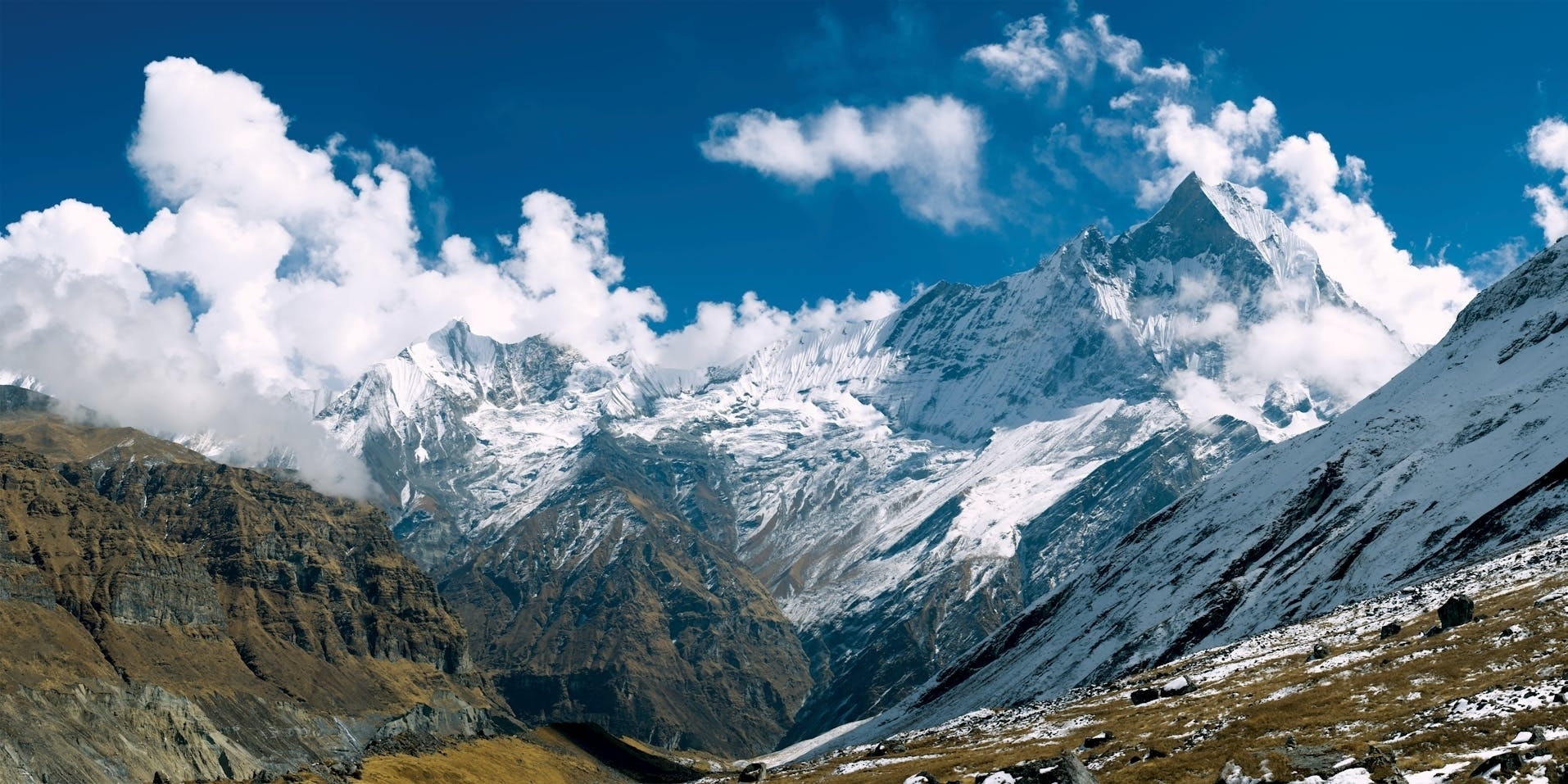
Nepal, a landlocked country nestled in the heart of the Himalayas, is renowned for its stunning landscapes, rich culture, and warm hospitality. With e...
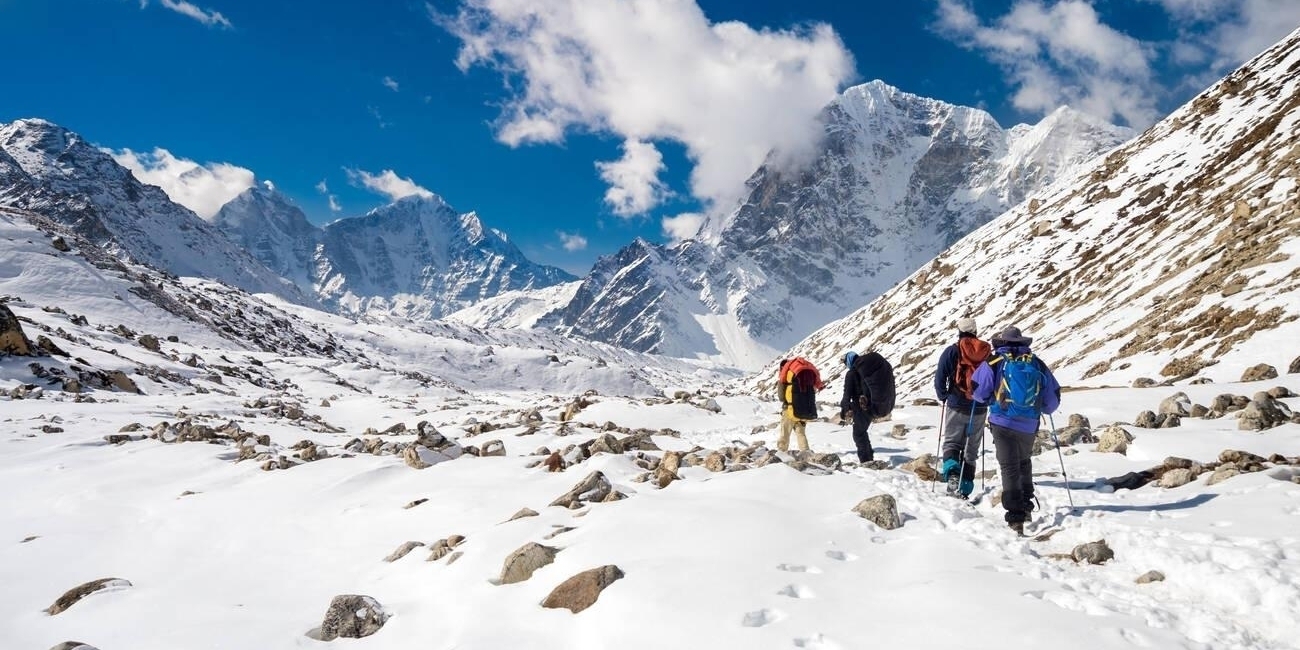
The Everest Region, renowned for its breathtaking landscapes and rich Sherpa culture, offers some of the most iconic trekking routes in the world. One...
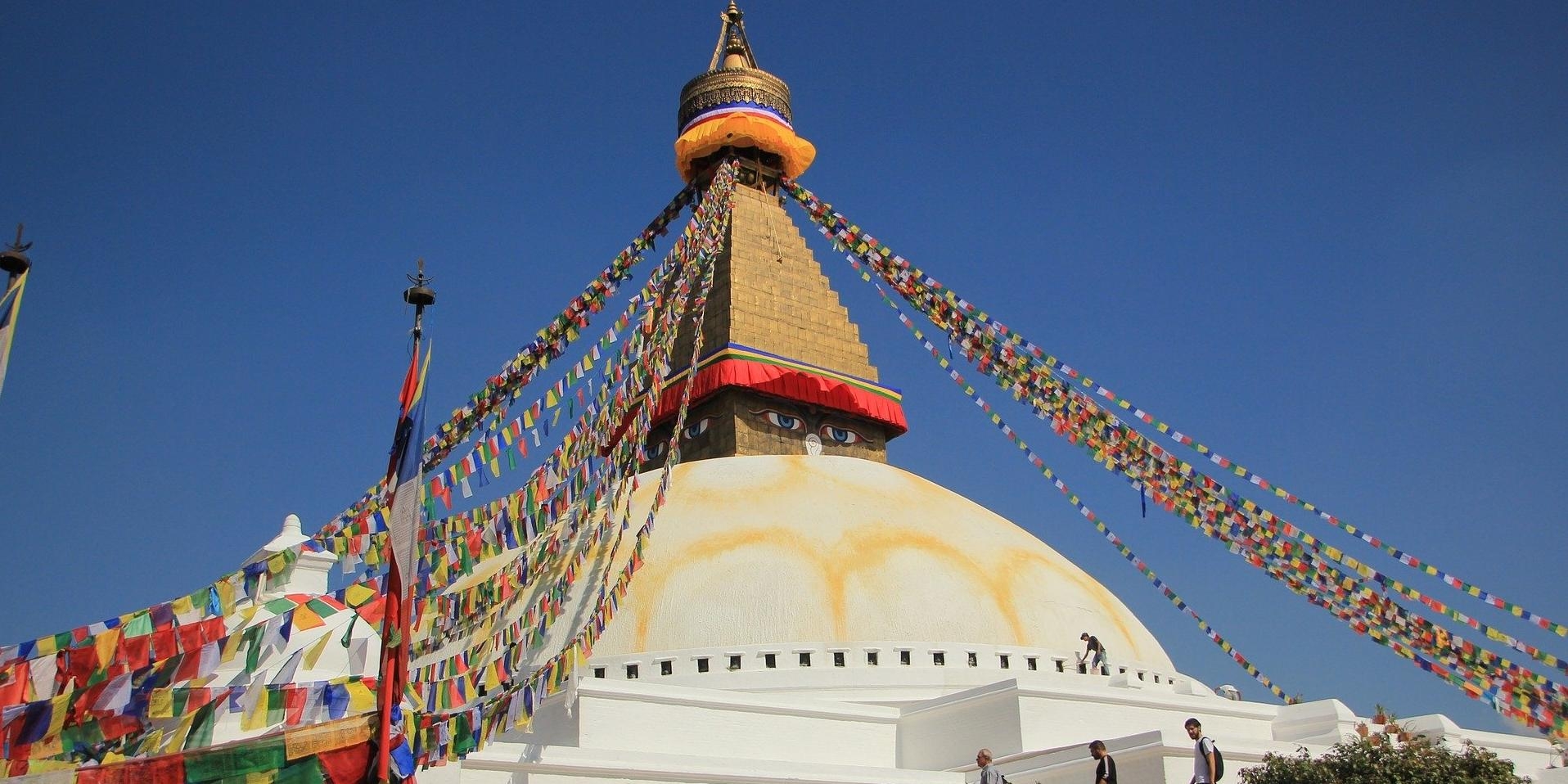
Nepal, a land of stunning landscapes and rich cultural heritage, offers a diverse range of tour destinations that promise unforgettable experiences in...
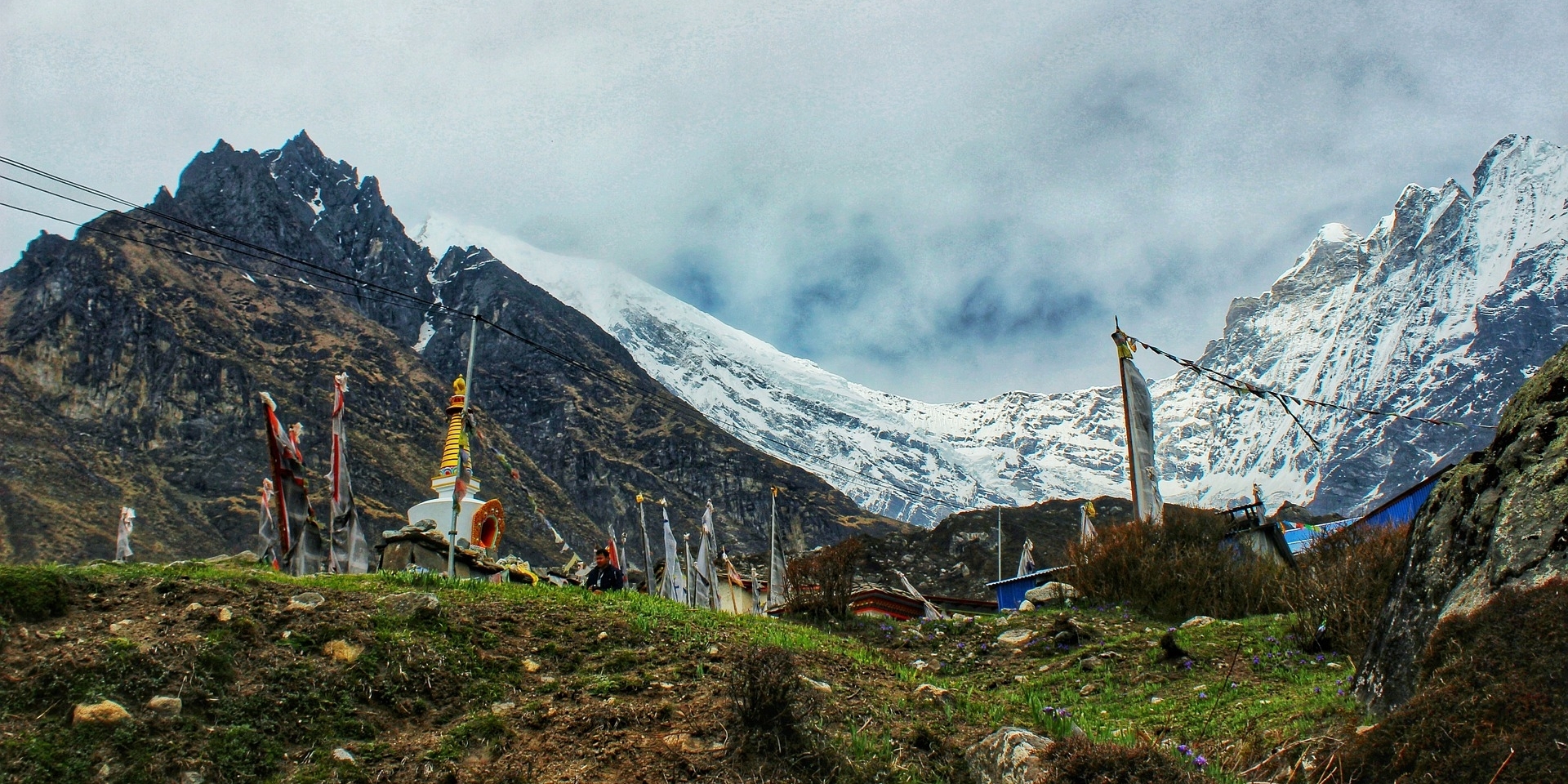
The Langtang Region, located in the northern part of Nepal, is a stunning trekking destination that offers breathtaking views, diverse landscapes, and...
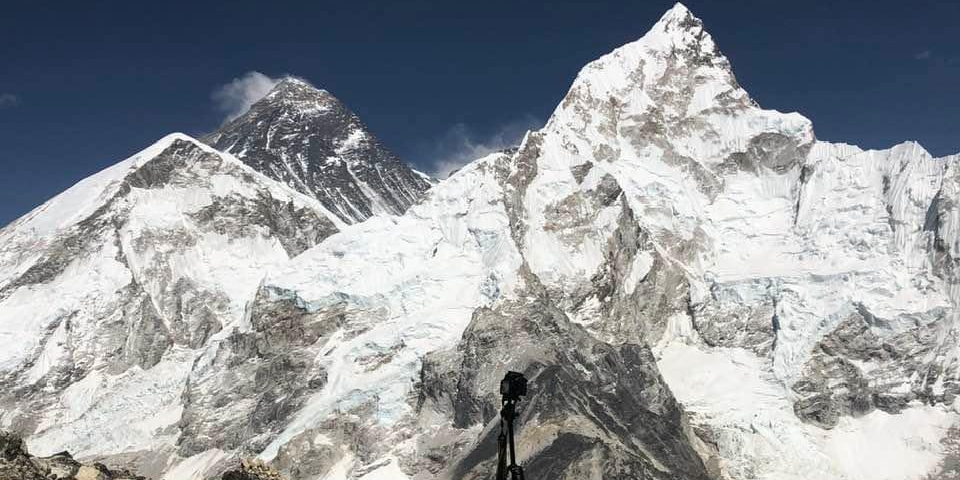
Discover why Everest Base Camp Trekking is the world’s top adventure trekking—breathtaking views, Sherpa culture, and a life-changing Himalayan journ...
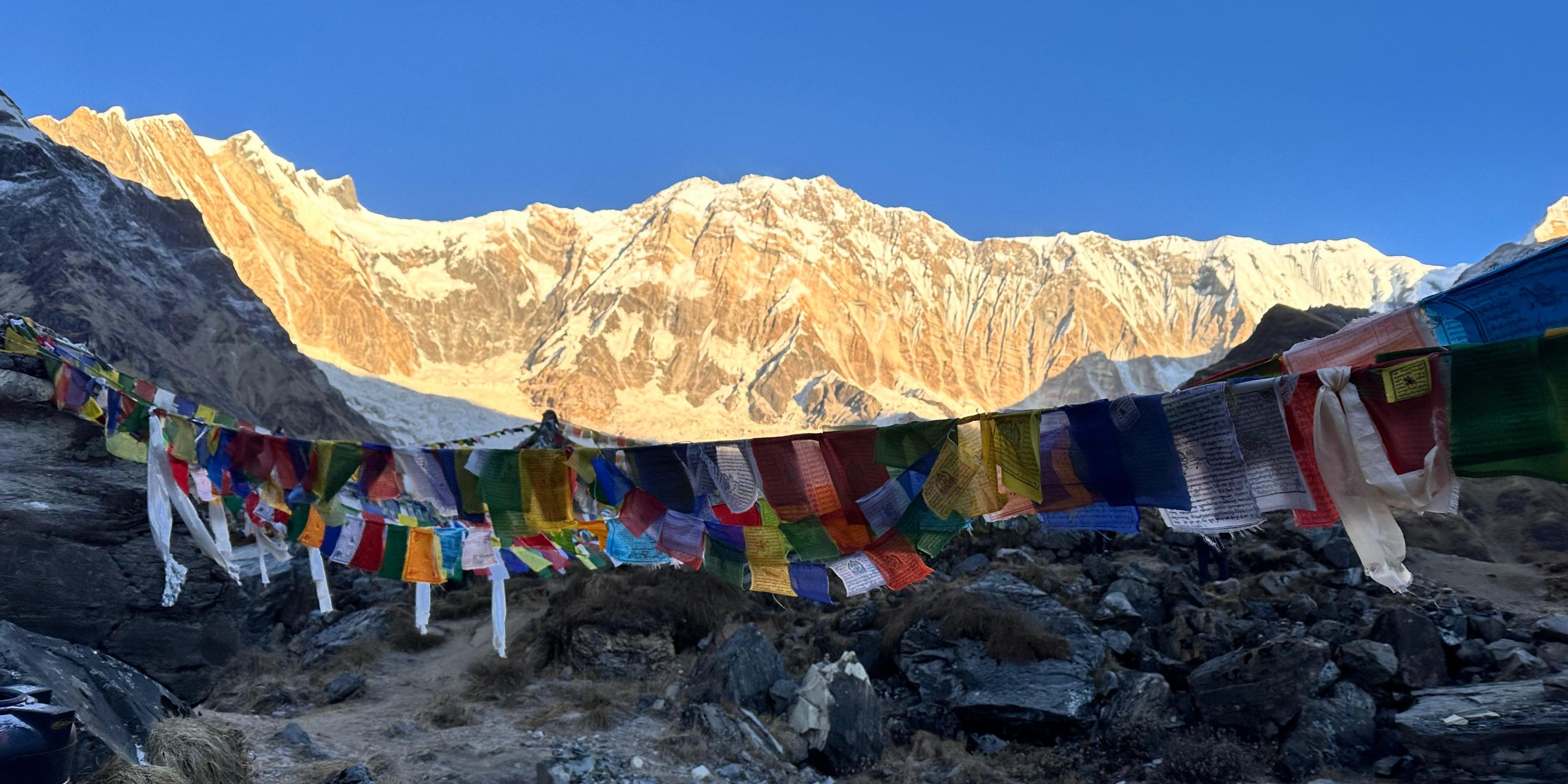

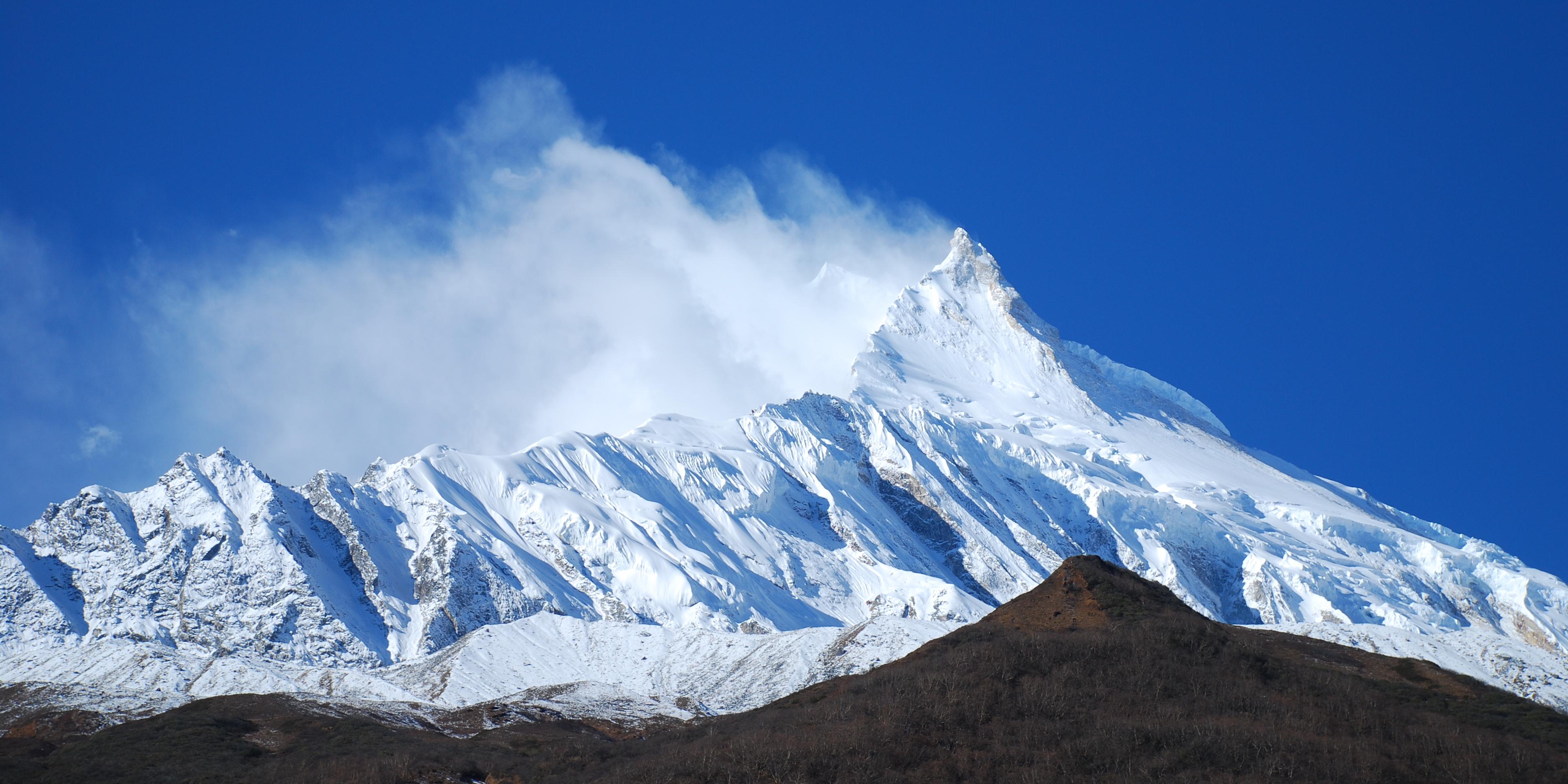
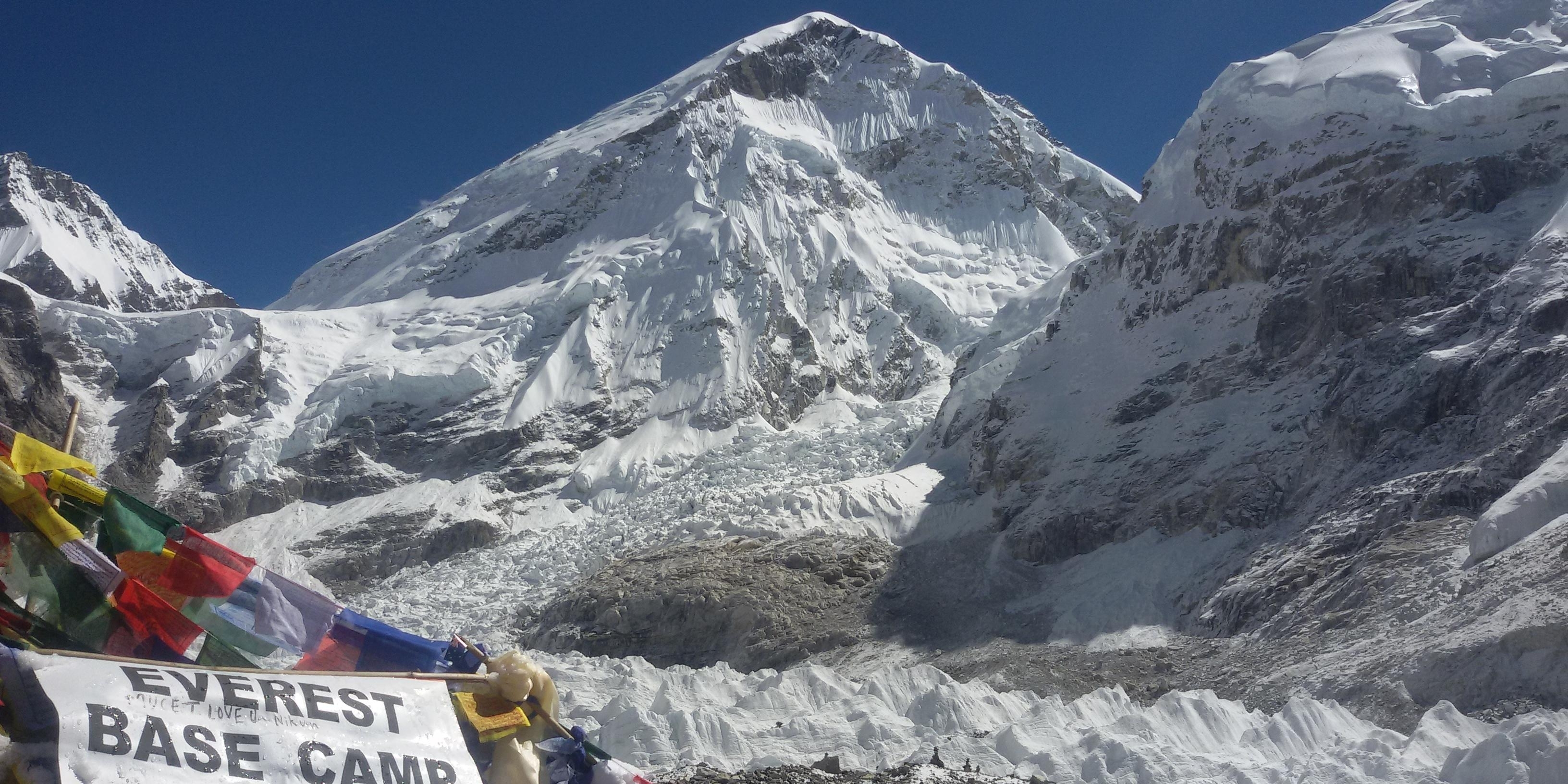
The best seasons for Everest Base Camp Trekking

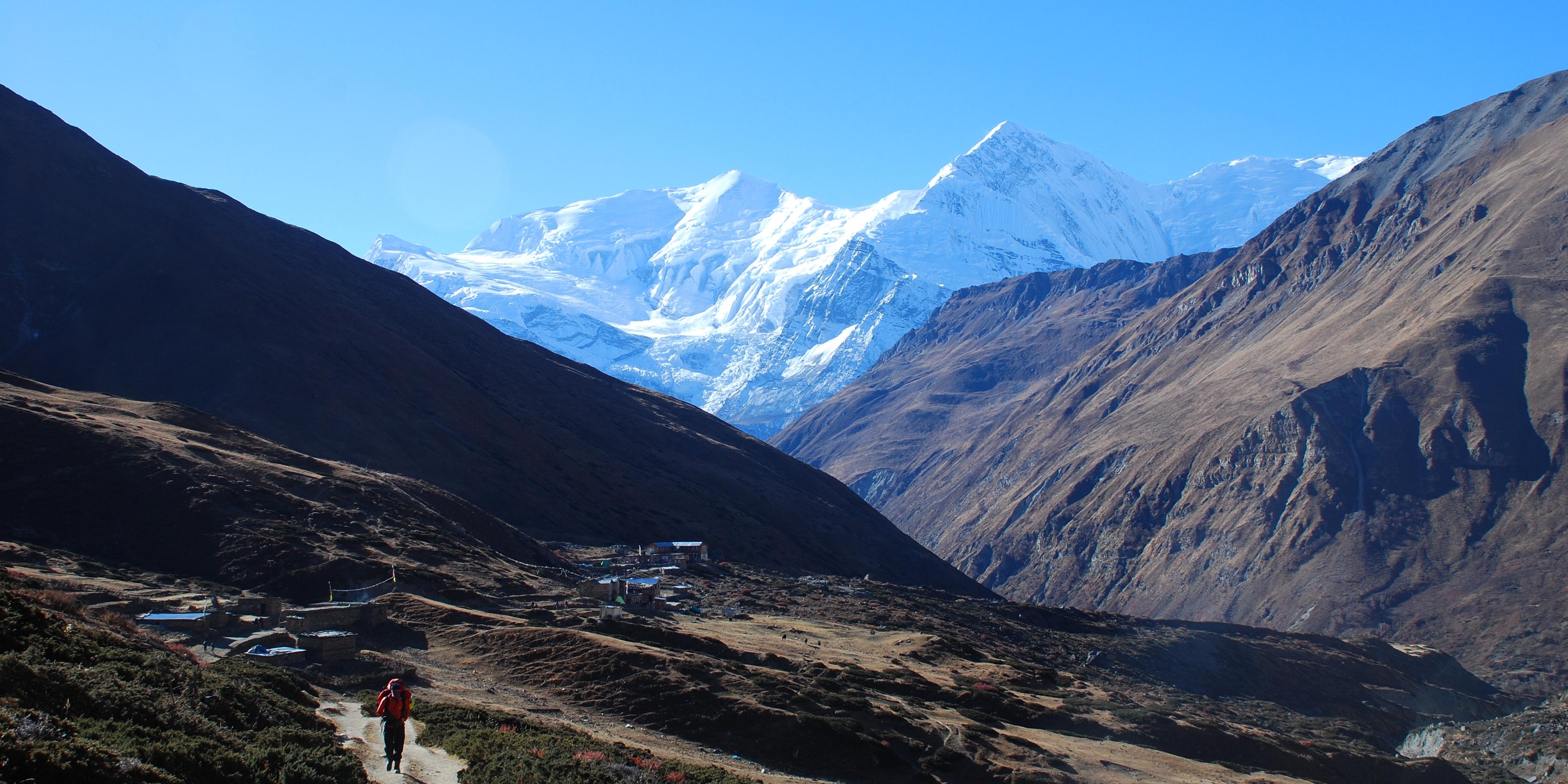
Annapurna Circuit Trekking is often hailed as the best trekking trail in the world—and for good reason. With dramatic shifts in landscape, culture...
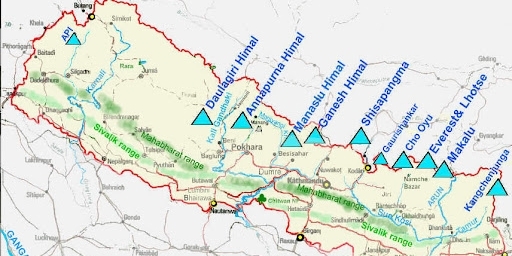

“A Hidden Himalayan Gem Just Hours Away from Kathmandu”

“A Timeless Holiday Destination Where History, Culture, and Himalayas Converge”
